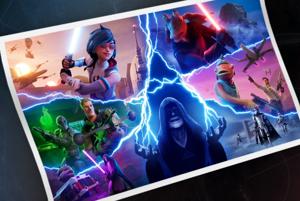

In the grand tapestry of gaming's history, there's a niche so deliciously overwhelming, it could star in its own epic saga: the Romance of the Three Kingdoms series. With its fourth installment, "Wall of Fire" aims to further ignite our war-thirsty hearts, but is it just another blaze in a long line of strategy sequels? Strap in, as we decode its political intrigue, character arcs, and whether this is worth your allowance or is simply a historical money pit.
As with its predecessors, gameplay here resembles a strategic game of chess, but instead of knights and bishops, you're maneuvering Chinese warlords with names that even Google Translate stumbles on. The focus revolves around a series of six scenarios-each a unique snapshot of chaos-ranging from Dong Zhuo's tyranny to Liu Bei's struggle for legitimacy. The gameplay loop clips along nicely: collect resources, manage armies, and engage in battles that elegantly combine tactics with an impressive amount of number-crunching. Highlights include flaming arrows, baby! Yes, now your archers can literally set things ablaze, and let's be honest, nothing screams 'I'm in charge!' quite like incinerating your enemies from afar. It's like a medieval fireworks display, though with much more maiming. You also have the power to summon barbarians. Because why negotiate when you can unleash a wild horde on your foes? Alliances made are alliances lost, and your loyalties can be as fickle as a teenager's relationship status on social media. Nice strategy, Koei! Moreover, the power-up kit expands gameplay further, even if it strays into sitcom territory ('Three Heroes Compete for Power'? Seriously?). Yet, the base game offers robust engagement with its turn-based strategy mechanics and satisfying progression. Unfortunately, if you've played the previous games, you might feel you're on a nostalgic carousel that doesn't quite deliver new thrills.
For a mid-90s PlayStation game, the graphics strut in with confidence. The vibrant palettes and detailed sprites add a layer of allure that genuinely elevates the historical drama. Characters are more defined, battles more vivid; there's a charm to seeing your generals animated in a way that says, 'I mean business!' If we're comparing art styles, let's say it's more 'gorgeous landscape painting' than 'finger painting by a toddler'. But don't expect Picasso; these visuals are framed in the retro charm of the era. The grainy overlay you might love or loathe simply screams 'nostalgia'-like checking your childhood diary but regretting almost every word. So yeah, while they may not pass the test of time by modern standards, they could still impress your hipster friends in a retro game night showdown.
Romance of the Three Kingdoms IV: Wall of Fire is a mixed bag, hovering decisively between 'fun relic' and 'heavy history textbook.' It manages to keep players engaged with strategic depth and a sprinkle of chaos through its fire-wielding features. Yet, it doesn't stray far enough from its predecessors to receive a resounding 'must play' stamp. Perfect for history buffs, strategy enthusiasts, or anyone who enjoys watching numbers inflate with dramatic flair, but if you're looking for that next-gen pop and sizzle, you might find yourself waiting for the sequel. So go ahead, engage in warfare, experience the political intrigue, but proceed with cautious optimism-just don't tap dance on historical sacred grounds; it's much trickier than it sounds.






